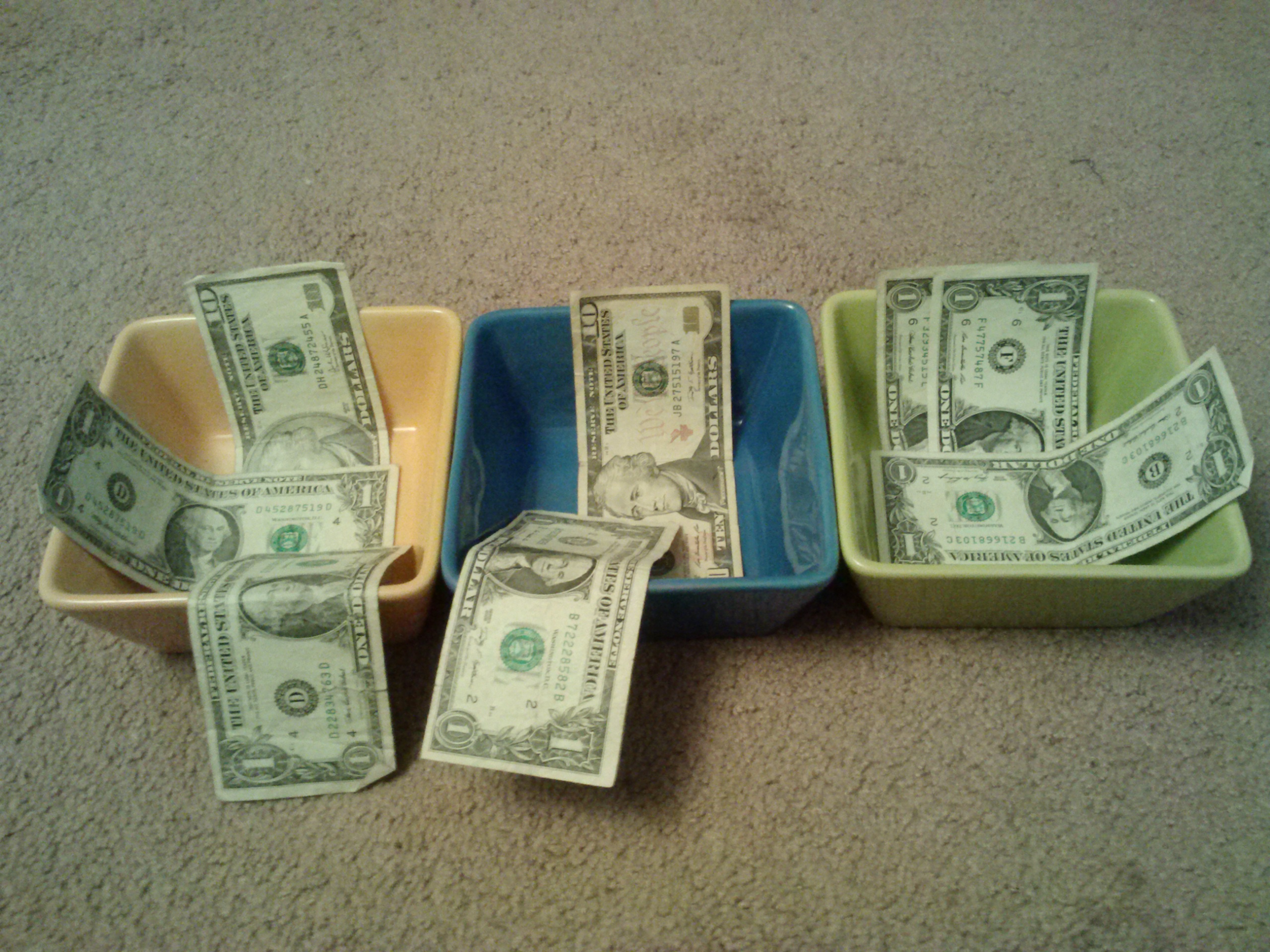Managing your money as a yopro can be pretty tricky. There are all sorts of investment opportunities out there for us, and it can be pretty difficult to manage your overall portfolio. How should you save for retirement, a house, or for a car? How much should you contribute to retirement vs. how much should I just keep in a savings account? An important concept that will help you understand and make better decisions is the concept of categorizing your investments based on their time frame. Investments should fall into one of three categories: short, medium or long-term.
Short-term Investments
At one end of the spectrum, you have your short-term investments. ‘Investments’ for this category may even not be the best word to describe this bucket of money. Short-term investments typically consist of a 0-2 year time frame that you’ll need the money. Since you’ll need the money pretty soon, it’s probably wise not to invest this at all, and just keep it in a savings account. By keeping this money safe, you won’t be risking any of it, and will have the peace of mind to know that it’ll be there when you need it. Examples of short-term investments can include: your vacation money, money set aside for big ticket items, holiday savings, extra cushion for budget shortfall, or even your emergency fund. This money should be stored in an easy to access, risk free account.
Medium-term Investments
In the middle, where a lot of your money will fall, are your medium range investments. For a lot of us, we have money in our budget to cover our month-to-month needs (including some money set aside for things we’ll need 0-2 years from now), and we’re contributing 10-20% (15% is ideal) to our retirement fund. Hopefully you’ll find yourself with some other money leftover. Rather than spend this or let it sit in a savings account earning pennies, many of us will choose to invest this money. The nice thing about this money is that it’s accessible, meaning we can use it at any time (i.e. you can sell stocks/mutual funds as needed). However, we likely won’t need it right away, and can therefore incur a little risk, in exchange for a higher return. This type of money would likely be put into an online brokerage account (Scottrade/Vanguard/Fidelity). This won’t be retirement money (that goes in another bucket) but is money that you don’t need for a couple of years but also can be put to better use than in a savings account.
Long-term Investments
At the other end, you’ve got your long-term investments, like your retirement account. You most likely won’t be touching this money (or you’ll pay a 10% penalty) for the next 30-50 years. This is money that you’ll appreciate and enjoy one day, but that day isn’t anytime soon. I’d call it ‘out of sight, out of mind’ as using it before you retire really shouldn’t be an option, but it shouldn’t be out of mind because there should be some level of oversight and watching your investments grow. Another long-term investment will be a house purchase. Typical house purchases will either come with a 15 or a 30 year mortgage. Even if you sell the house before then (as a lot of us will), you’re probably going to use that money to buy another house, meaning you’ll still have that investment (and mortgage payments) with you.
Once you understand the concept of having different buckets for your money based on the time frame in which you’ll need the money, it’ll help you set up your portfolio better. Once you have your budget down pat with your month to month taken care of, you can focus on putting your extra money to work for you. Your first goal will be retirement, and you’ll build up your contribution amounts until you’re comfortable with it (10-20%), you’ll find yourself with money for medium term investments. As you’re a savvy yopro, you’ll realize that the .01% your bank pays you for your savings account, and then you’ll come to the conclusion that you could invest some of that money, likely in the stock market. By understanding the concept of short-medium-long term investments, you will be able to put all of your money to best use and get the most from your portfolio!
Before you leave – be sure to check out how you should invest an extra $2,000 laying around.
Interested to learn more? Check out my expanded posts on each bucket: Short-Term,Medium Term, and Long-Term.


 Personal Finances are certainly top of mind for many of us. If you're looking to get serious about improving your financial situation, we've got lots of great materials all over this site! Additionally, we realize that there's a lot of noise out there, and so we created PERSONAL FINANCIAL GUIDES focused on topics with all the info you need, and without any of the noise/ads/clickbait.
Personal Finances are certainly top of mind for many of us. If you're looking to get serious about improving your financial situation, we've got lots of great materials all over this site! Additionally, we realize that there's a lot of noise out there, and so we created PERSONAL FINANCIAL GUIDES focused on topics with all the info you need, and without any of the noise/ads/clickbait.
Great post! Thank you for sharing. It’s very useful. Hope to hear more from you.